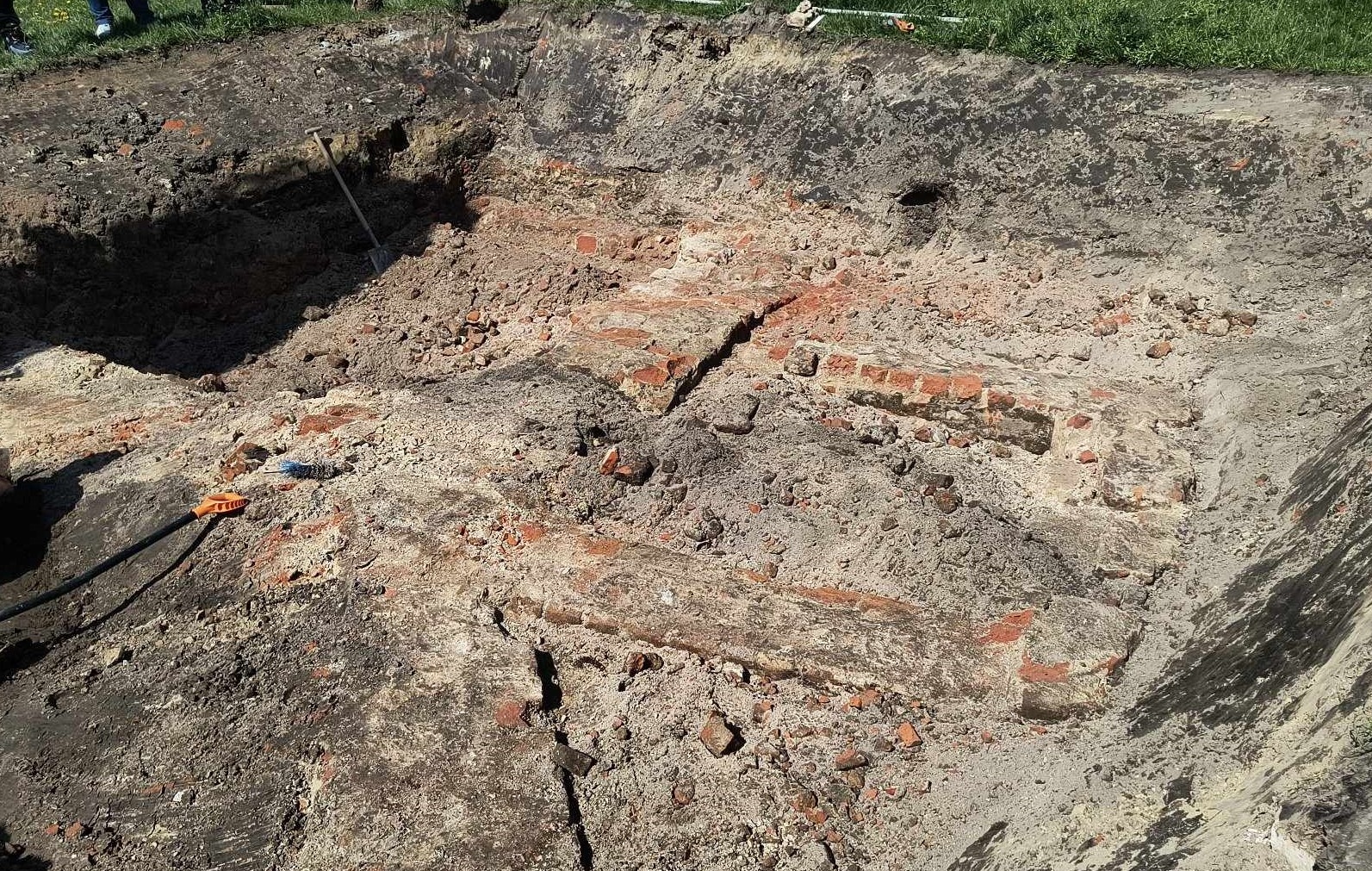Archaeologists from the Lublin Voivodeship Conservator of Monuments have uncovered traces of Lublin’s pre-war Jewish district during construction works at Zamkowa and Podwale streets.
During the 16th century, Lublin was home to a thriving Jewish community, which included a synagogue, a cemetery, the Grodzka Gate (also known as the Jewish Gate), and a yeshiva (religious educational institution).
The yeshiva developed into a major centre for the study of Talmud and Kabbalah, earning Lublin the nickname “the Jewish Oxford.”
Recent construction works near Lublin Castle have uncovered brick wall foundations, basements buried under collapsed building materials and rubble, and artefacts dating back to the 17th and 18th centuries.
According to the Lublin Voivodeship Conservator of Monuments, the remains are likely a Jewish tenement house, located in the former Podzamcze area just outside the boundaries of the infamous Lublin Ghetto.
Following the German invasion of Poland, the Lublin Ghetto was one of the first Nazi-era ghettos slated for liquidation during the deadliest phase of the Holocaust.
The ghetto confined around 34,000 Polish Jews, along with an unknown number of Roma individuals. Only 230 of Lublin’s pre-war Jewish population of 45,000 are known to have survived the occupation by Nazi Germany.
Following the liquidation, a slave labour force demolished the area of the Lublin Ghetto and adjacent Jewish buildings in 1942, including the historic 17th century Maharam synagogical complex.
Header Image Credit : Lublin Voivodeship Conservator of Monuments
Sources : Lublin Voivodeship Conservator of Monuments





